Electrical & Automation
Motor Control Fundamentals
Views : 7
Source: https://www.siemens.com
Usually dispatched in 2 to 3 days
Usually dispatched in 2 to 3 days
Category:
Electrical & Automation
Only logged in customers who have purchased this product may leave a review.
Related books
Using EDI to Meet the Needs of Pure Water Production
Summary
This report describes the advantages of using EDI for ultrapure water production for power plant boiler makeup water and microelectronics fabrication rinse water. Operating data is presented showing the advantages of EDI for these applications.
Using EDI to Meet the Needs of Pure Water Production
Summary
This report describes the advantages of using EDI for ultrapure water production for power plant boiler makeup water and microelectronics fabrication rinse water. Operating data is presented showing the advantages of EDI for these applications.
Electrodeionization versus Electrodialysis: A Clean- Up of Produced Water in Hydraulic Fracturing
Abstract:
Electrodeionization (EDI) is a widely studied process ranging from applications in wastewater clean-up in the food and beverage industry to purifying organic compounds. To date, there are no apparent studies on applying this technology to produced wastewater recovered from hydraulic fracking sites. Water consumption within hydraulic fracturing sites can reach in the upwards of millions of gallons per site, so a need for a water recycling process becomes necessary within areas where water requirements are scarce. Implementation of an EDI module that is capable of handling high salt solutions from produced wastewater in subsequent fracturing practices will decrease overall water demands, making this an environmentally sustainable process as well. This study will focus on the selective removal of high concentrations of ions using ion-selective membranes and ion exchange wafers in Wafer-Enhanced Electrodeionization (WE-EDI) of hydraulic fracturing solutions for improved water recovery and reuse within industrial applications. Experiments were performed using a WE-EDI setup with varied wafer composition and thickness in comparison with electrodialysis for selective removal of divalent ions (Ca2+) over monovalent ions (Na+ ) from simulated and fracking solutions. Research sought to show that when increasing the wafer thickness and changing the composition (weak acid compared to strong acid resins) there would be a greater overall current efficiency observed and subsequently lower power consumption. This research concluded that there is some degree of enhanced selectivity with increased wafer size, as well as varied composition compared to a traditional ED system. Continued research is recommended to conclude uncertainties, eliminate areas of system performance error and to further solidify all hypothesizes within this research.
Electrodeionization versus Electrodialysis: A Clean- Up of Produced Water in Hydraulic Fracturing
Abstract:
Electrodeionization (EDI) is a widely studied process ranging from applications in wastewater clean-up in the food and beverage industry to purifying organic compounds. To date, there are no apparent studies on applying this technology to produced wastewater recovered from hydraulic fracking sites. Water consumption within hydraulic fracturing sites can reach in the upwards of millions of gallons per site, so a need for a water recycling process becomes necessary within areas where water requirements are scarce. Implementation of an EDI module that is capable of handling high salt solutions from produced wastewater in subsequent fracturing practices will decrease overall water demands, making this an environmentally sustainable process as well. This study will focus on the selective removal of high concentrations of ions using ion-selective membranes and ion exchange wafers in Wafer-Enhanced Electrodeionization (WE-EDI) of hydraulic fracturing solutions for improved water recovery and reuse within industrial applications. Experiments were performed using a WE-EDI setup with varied wafer composition and thickness in comparison with electrodialysis for selective removal of divalent ions (Ca2+) over monovalent ions (Na+ ) from simulated and fracking solutions. Research sought to show that when increasing the wafer thickness and changing the composition (weak acid compared to strong acid resins) there would be a greater overall current efficiency observed and subsequently lower power consumption. This research concluded that there is some degree of enhanced selectivity with increased wafer size, as well as varied composition compared to a traditional ED system. Continued research is recommended to conclude uncertainties, eliminate areas of system performance error and to further solidify all hypothesizes within this research.
VFD Smart Drive Technology Saving Electric Motor Energy
Electric Motors Use 70% of the World’s Power
■ We impact that load 30 – 50%
■ Savings can be as much as 20% to 30% on the overall bill
■ Look for 1hp and above operating at least 2,000 hrs/yr
VFD Smart Drive Technology Saving Electric Motor Energy
Electric Motors Use 70% of the World’s Power
■ We impact that load 30 – 50%
■ Savings can be as much as 20% to 30% on the overall bill
■ Look for 1hp and above operating at least 2,000 hrs/yr
Installation of Optical Fibre Cables Inside Sewer Ducts
Summary
ITU-T Recommendation L.77 describes methods to install optical cables inside sewer ducts, which applies to both the cable installation and the pre-installation of an infrastructure, if requested. This Recommendation covers both man- and non-man-accessible sewer ducts. This Recommendation is not intended to address all of the safety concerns, if any, associated with its use. Therefore, it shall be the responsibility of the user of this Recommendation to establish appropriate health and safety practices and determine the applicability of regulatory limitations, if any, prior to its use.
Installation of Optical Fibre Cables Inside Sewer Ducts
Summary
ITU-T Recommendation L.77 describes methods to install optical cables inside sewer ducts, which applies to both the cable installation and the pre-installation of an infrastructure, if requested. This Recommendation covers both man- and non-man-accessible sewer ducts. This Recommendation is not intended to address all of the safety concerns, if any, associated with its use. Therefore, it shall be the responsibility of the user of this Recommendation to establish appropriate health and safety practices and determine the applicability of regulatory limitations, if any, prior to its use.
SCADA Systems Hardware(And FirmWare)
. Introduction
This chapter introduces the fundamental concepts of DCS systems. The terms Supervisory Control and Data Acquisition (SCADA), Distributed Control System (DCS), Programmable Logic Controller (PLC), and Smart Instrument are defined and placed in the context used in this manual. The chapter is split into the following sections:
Definitions of the terms SCADA, DCS, PLC and smart instrument
Remote terminal unit (RTU) structure
PLCs used as RTUs
System reliability and availability
Communication architectures and philosophies
Typical considerations in configuration of a master station
SCADA Systems Hardware(And FirmWare)
. Introduction
This chapter introduces the fundamental concepts of DCS systems. The terms Supervisory Control and Data Acquisition (SCADA), Distributed Control System (DCS), Programmable Logic Controller (PLC), and Smart Instrument are defined and placed in the context used in this manual. The chapter is split into the following sections:
Definitions of the terms SCADA, DCS, PLC and smart instrument
Remote terminal unit (RTU) structure
PLCs used as RTUs
System reliability and availability
Communication architectures and philosophies
Typical considerations in configuration of a master station
Wastewater Treatment Plants Automation Master Plan
Introduction:
The City of Winnipeg has initiated a program to perform upgrades to the wastewater treatment systems at the NEWPCC, SEWPCC, and WEWPCC facilities. As part of these upgrades, automation systems are required for process control and monitoring. These automation systems must be installed to provide effective monitoring and control of the wastewater treatment processes. There are many methods of implementing an automation system, and the purpose of this document is to provide an overall strategy for automation installations that are consistent with the City’s needs. It is expected that this document will form the basis for future design work.
Wastewater Treatment Plants Automation Master Plan
Introduction:
The City of Winnipeg has initiated a program to perform upgrades to the wastewater treatment systems at the NEWPCC, SEWPCC, and WEWPCC facilities. As part of these upgrades, automation systems are required for process control and monitoring. These automation systems must be installed to provide effective monitoring and control of the wastewater treatment processes. There are many methods of implementing an automation system, and the purpose of this document is to provide an overall strategy for automation installations that are consistent with the City’s needs. It is expected that this document will form the basis for future design work.


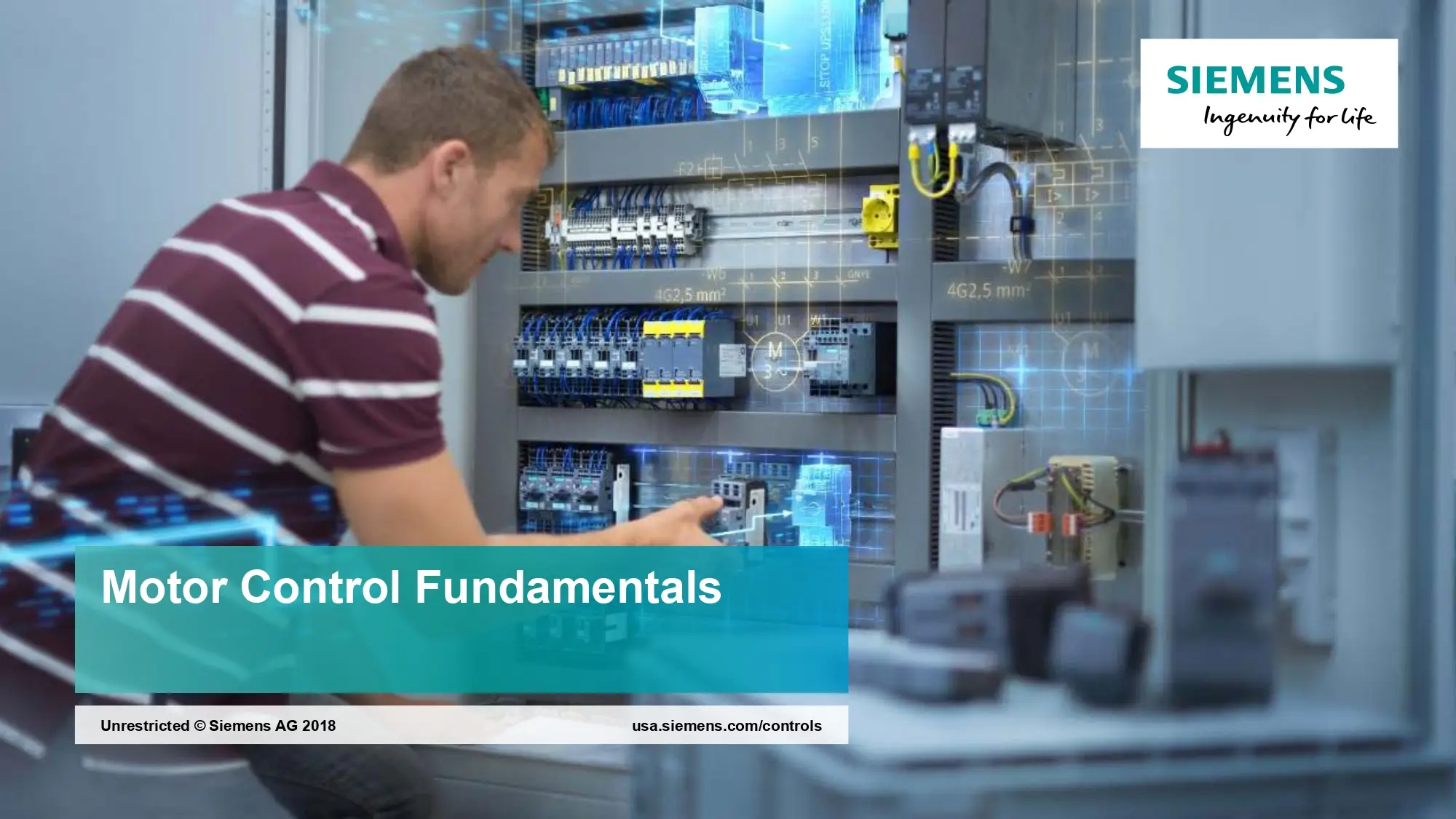


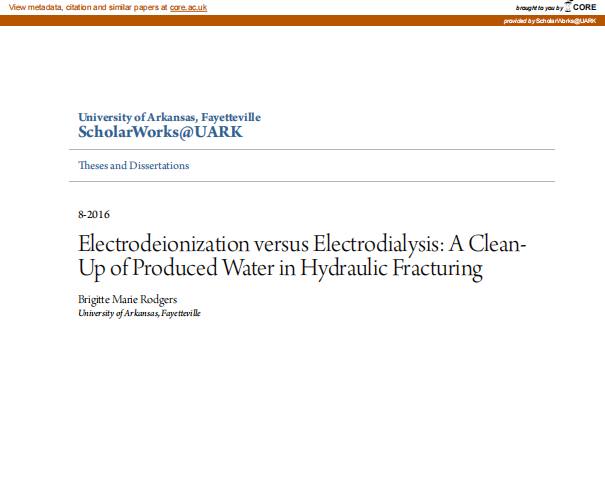
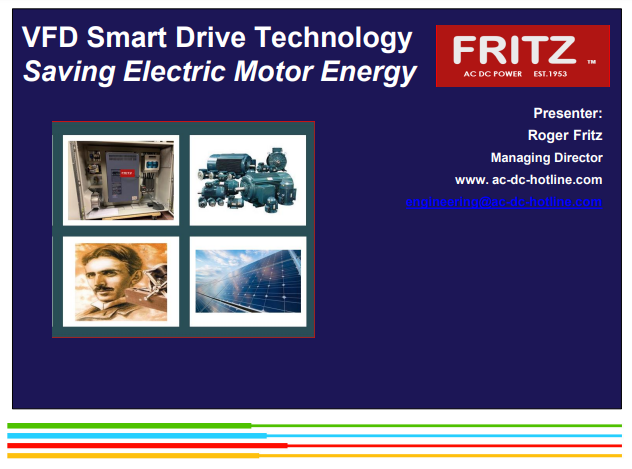

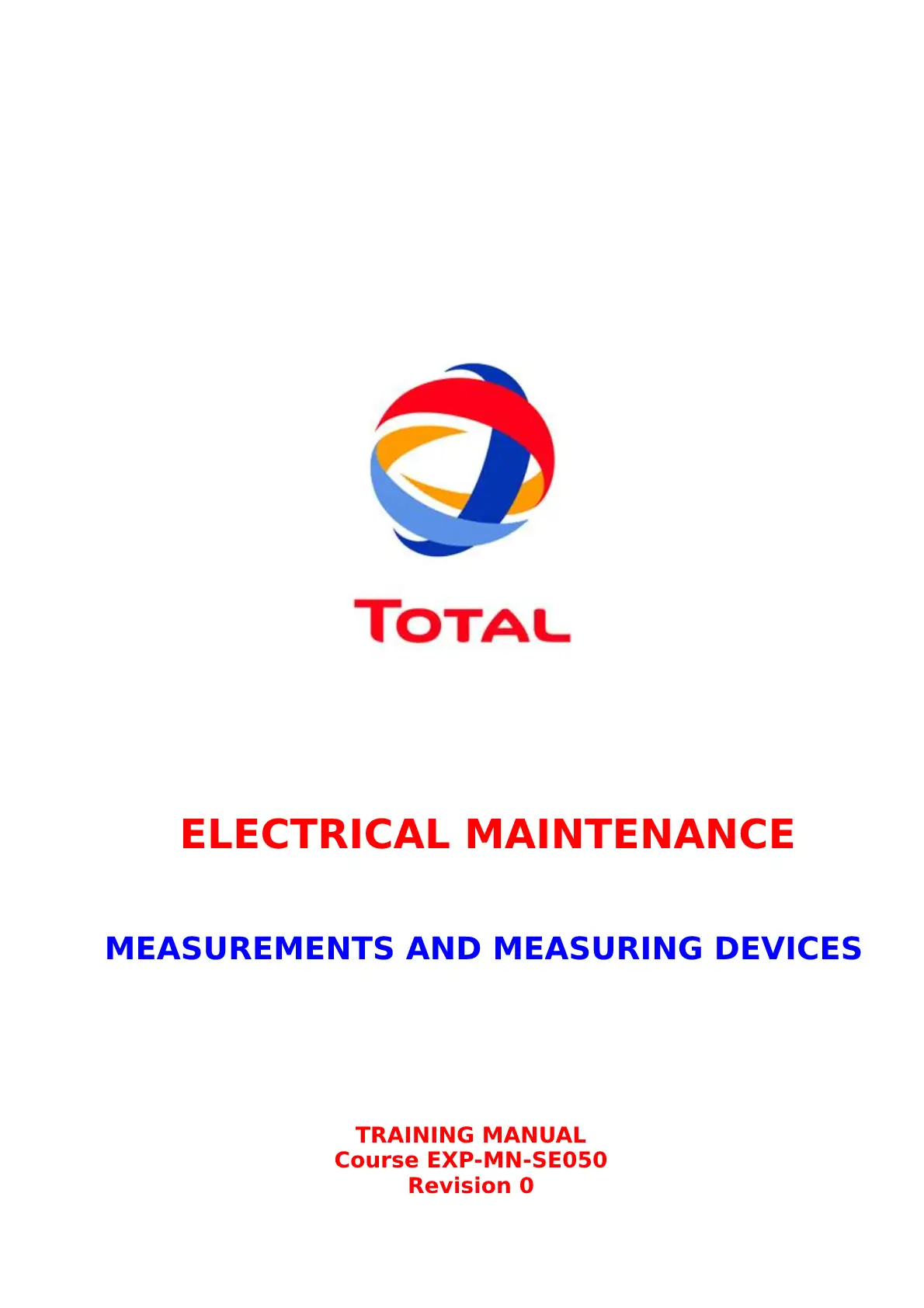
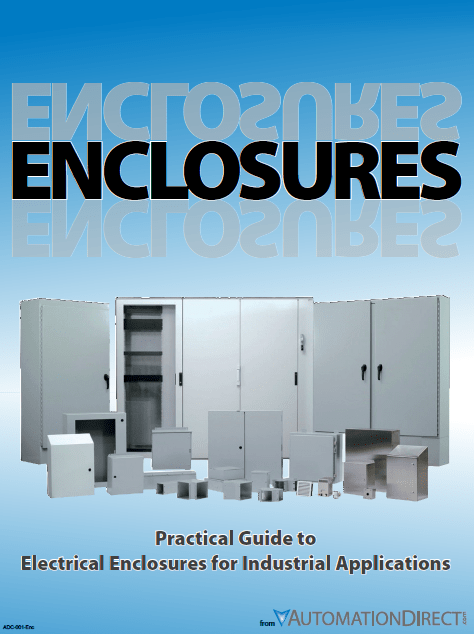

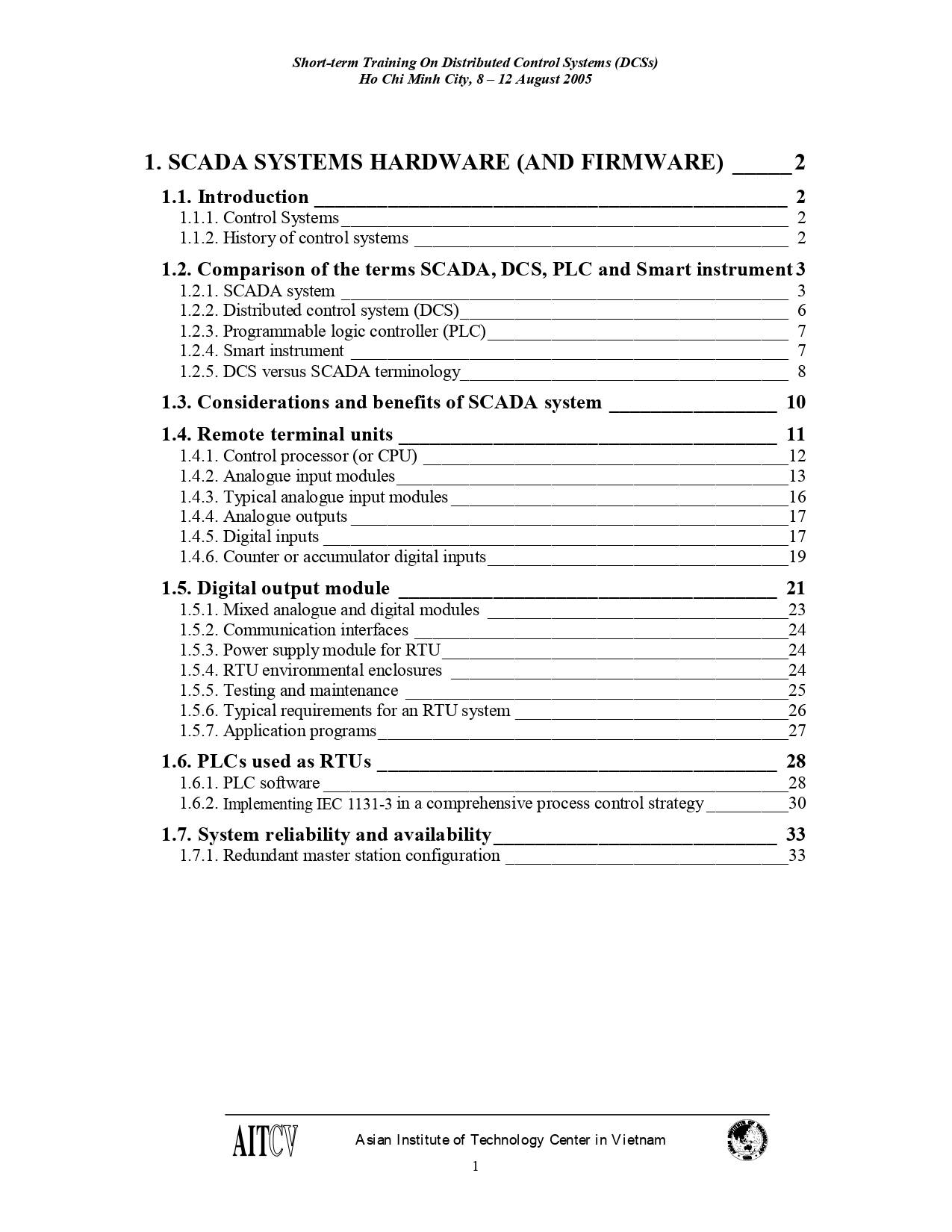



Reviews
There are no reviews yet.